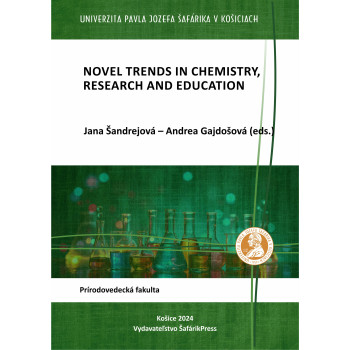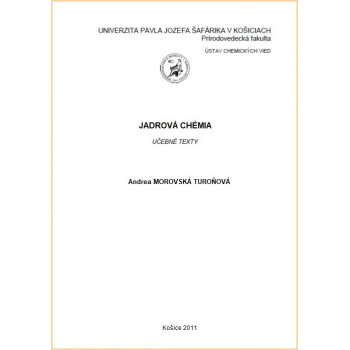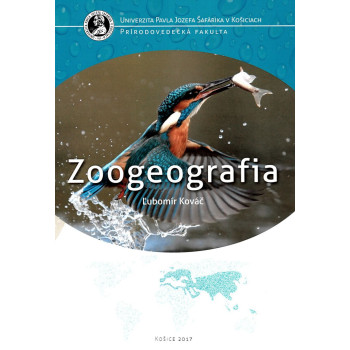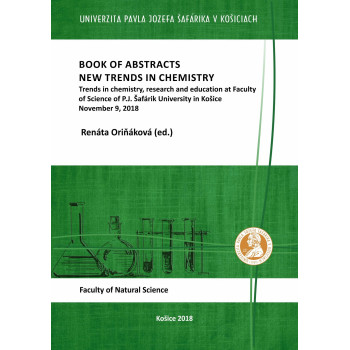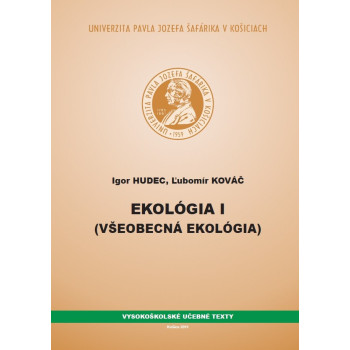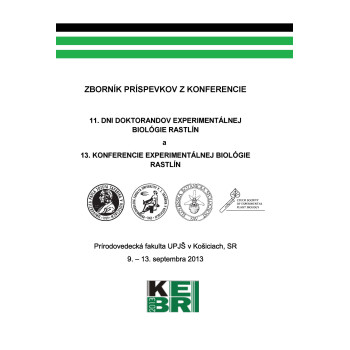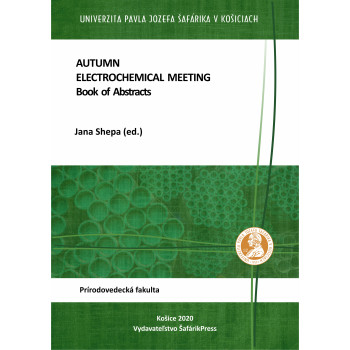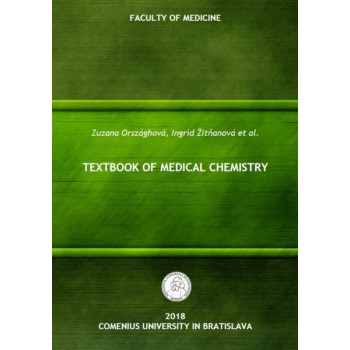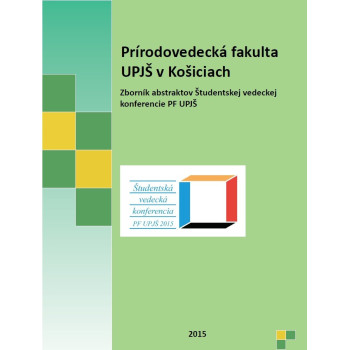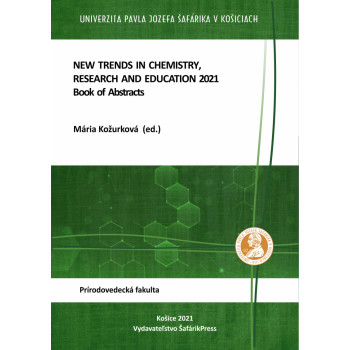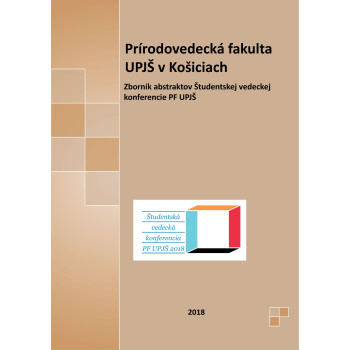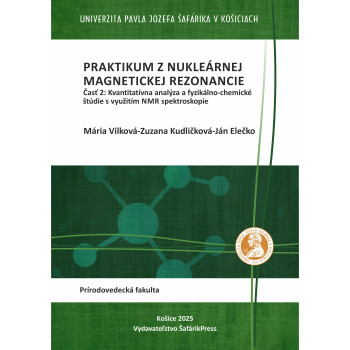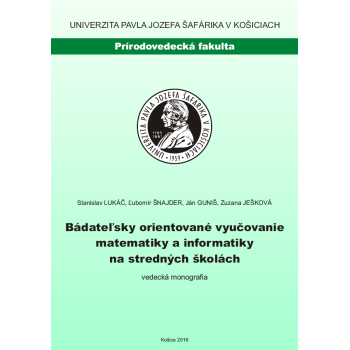
NOVEL TRENDS IN CHEMISTRY, RESEARCH AND...
Jana Šandrejová - Andrea Gajdošová (eds.)
The scientific book of abstracts from the conference „Novel Trends in Chemistry, Research and Education 2024“ is a summary of the contributions of conference participants, which contain the original results of their scientific and research activities. The contributions published in this volume are divided according to content into the fields of analytical, inorganic, organic, physical chemistry, biochemistry and didactics of chemistry.



